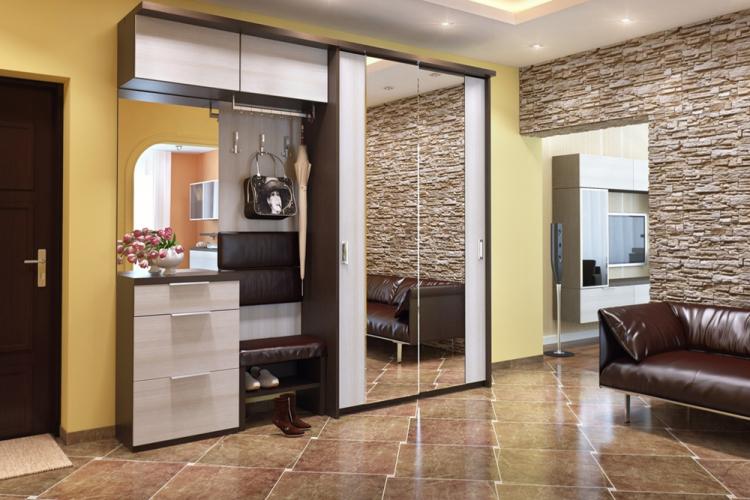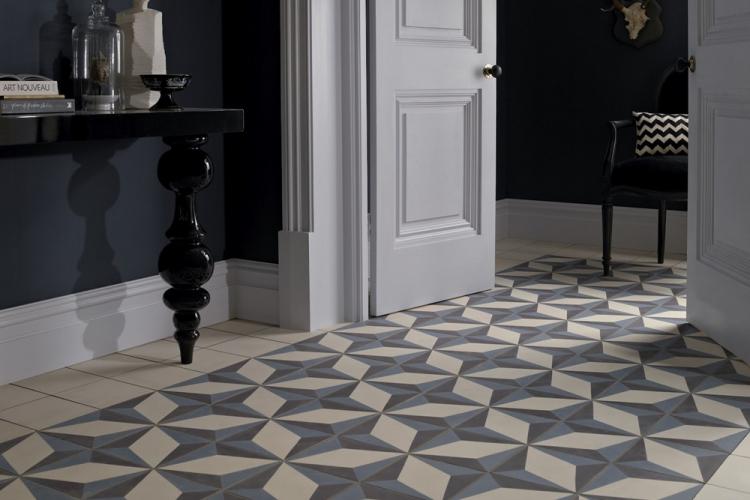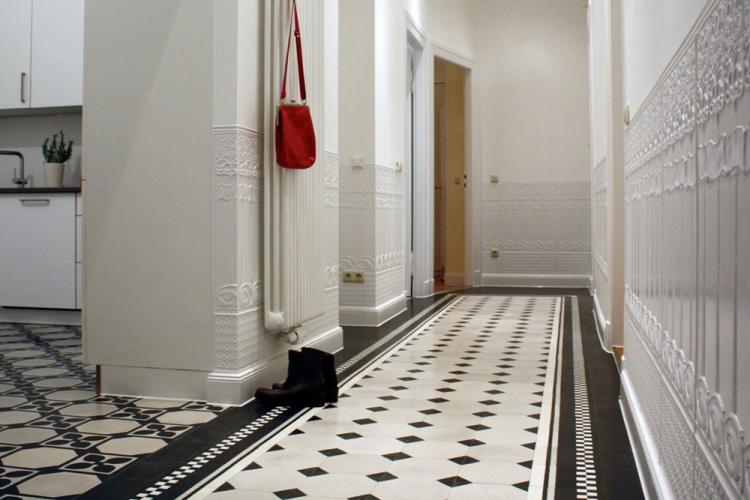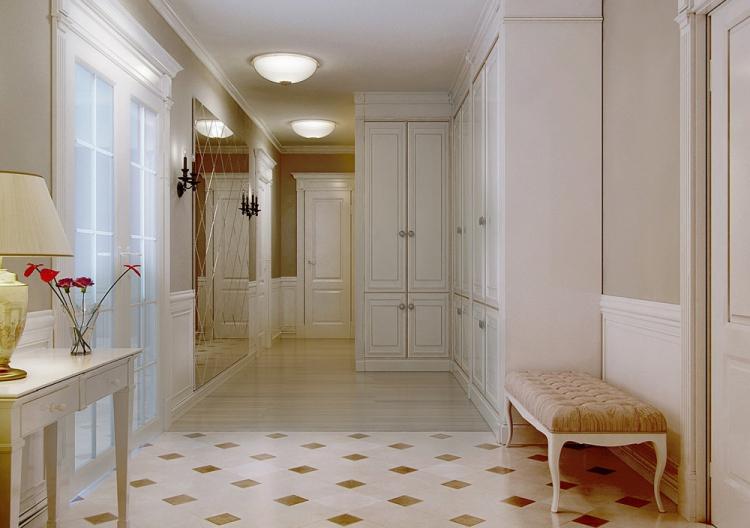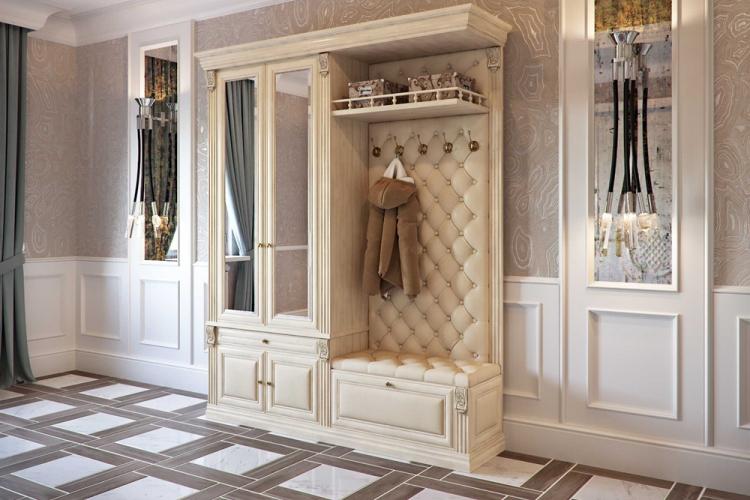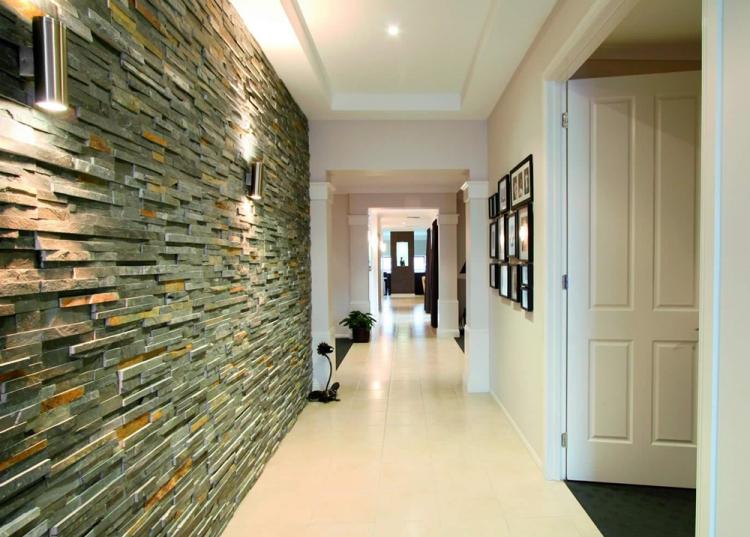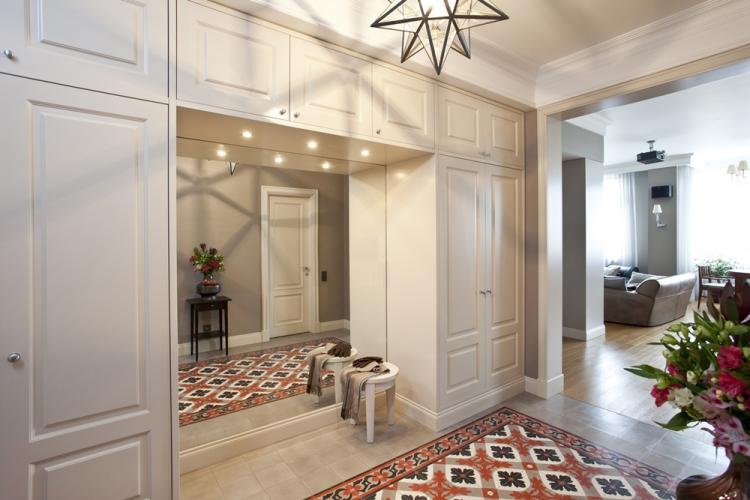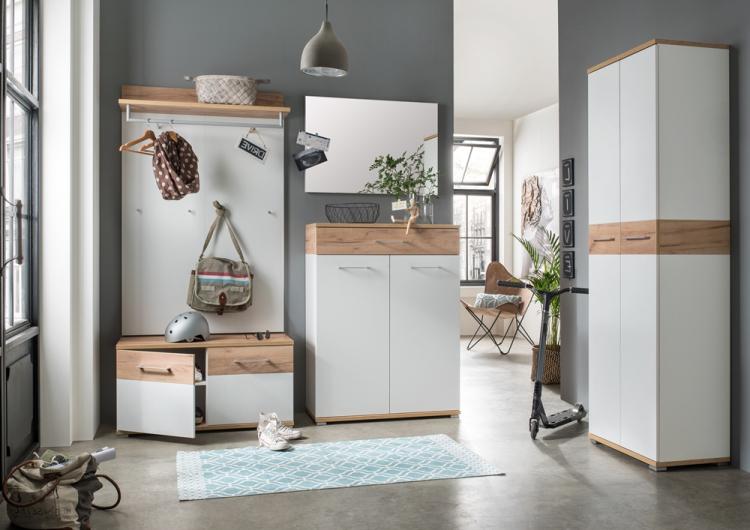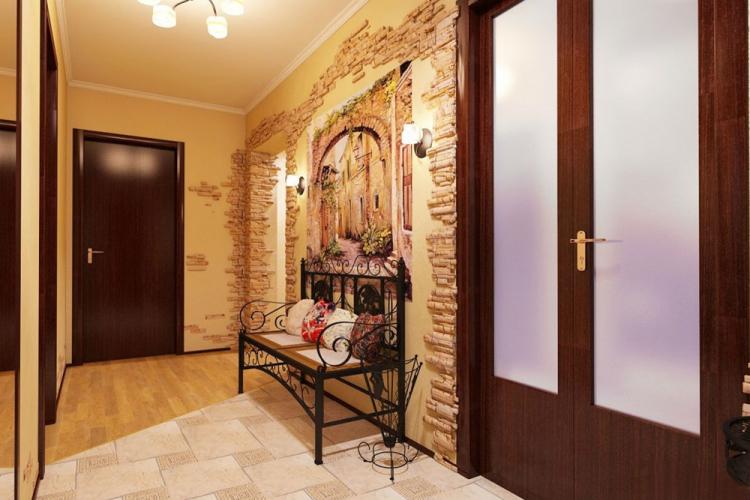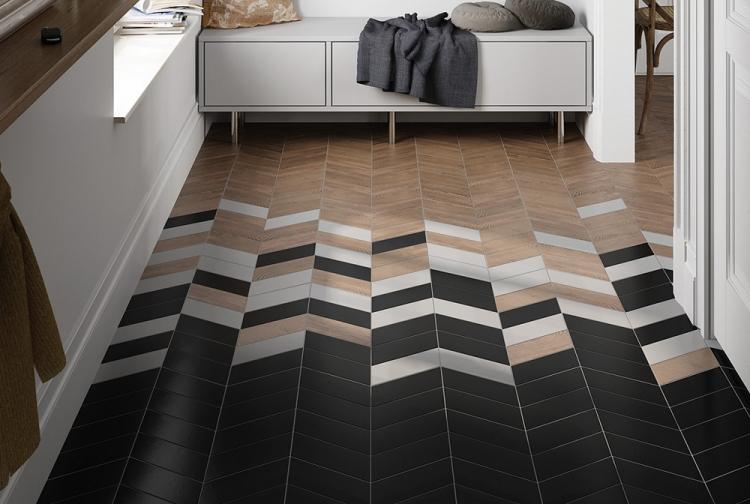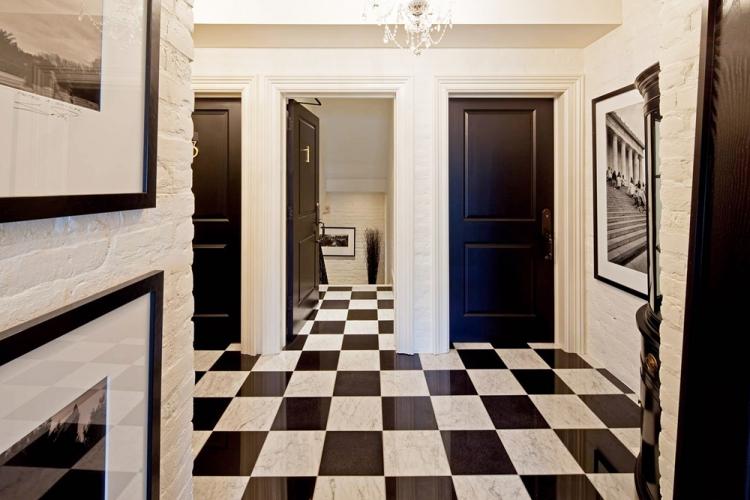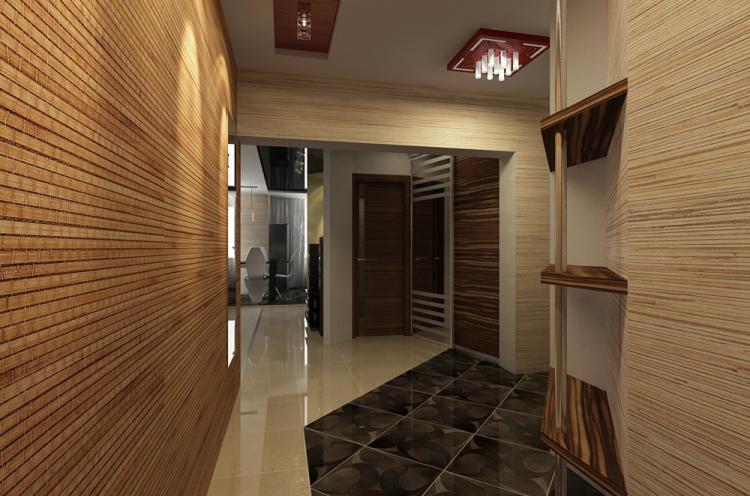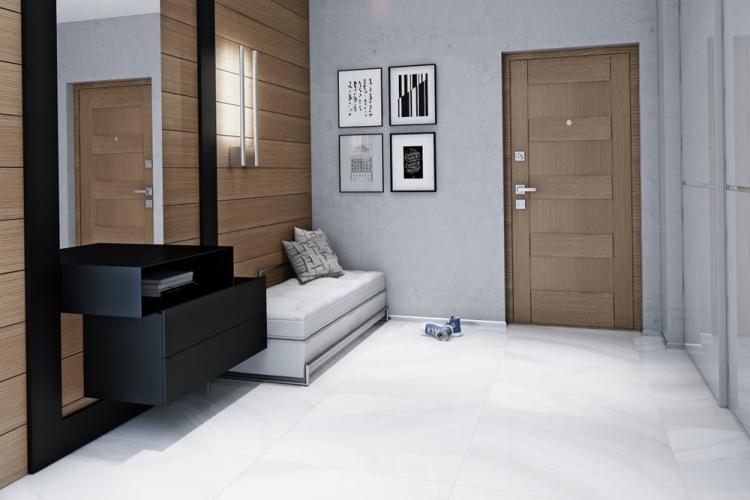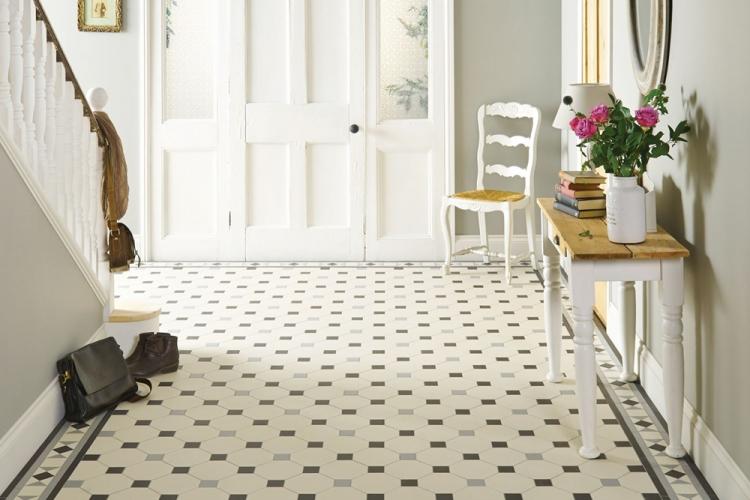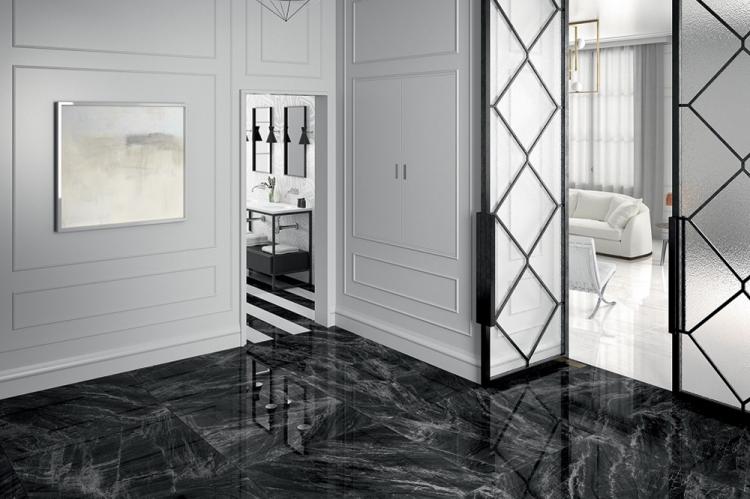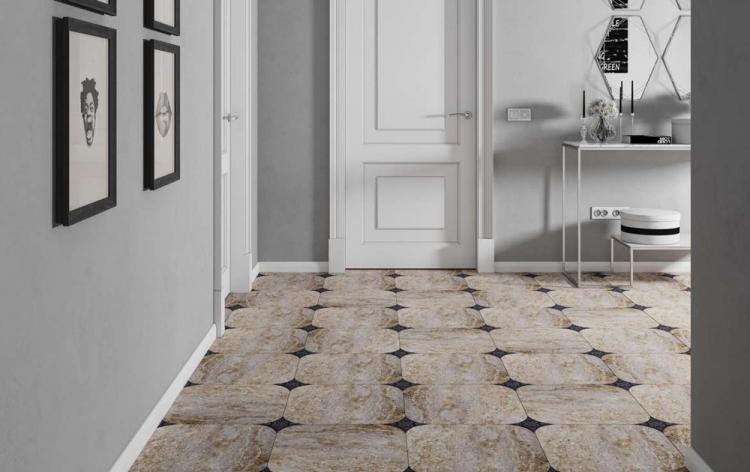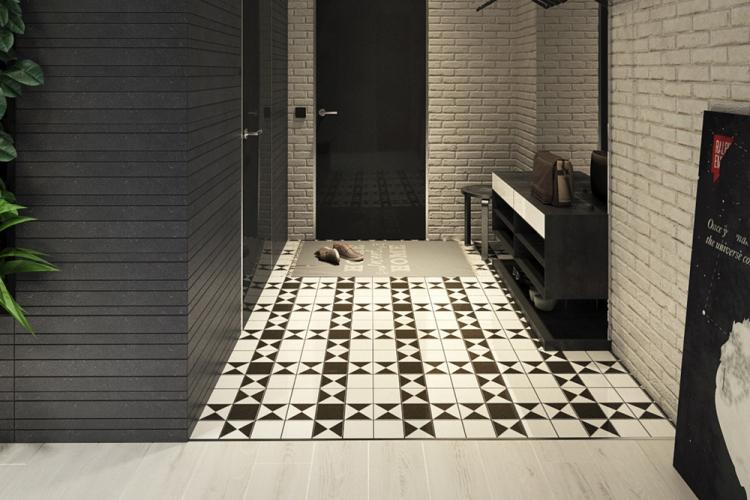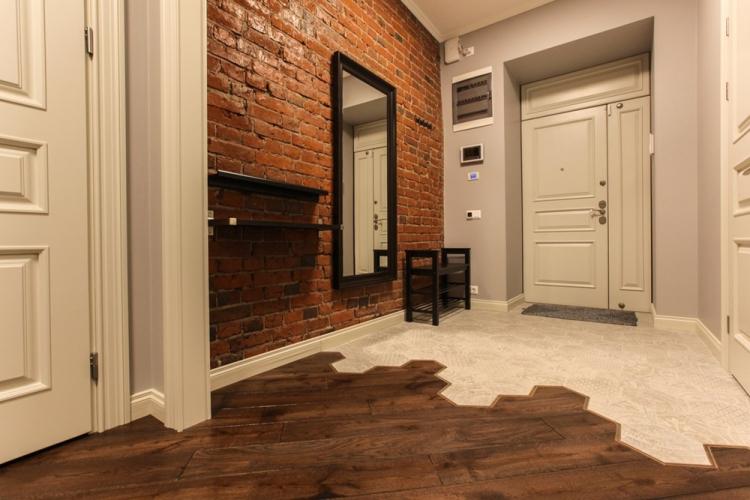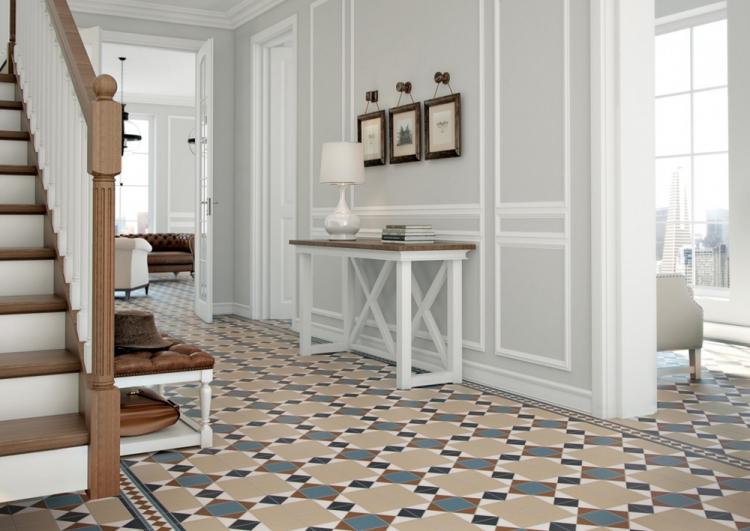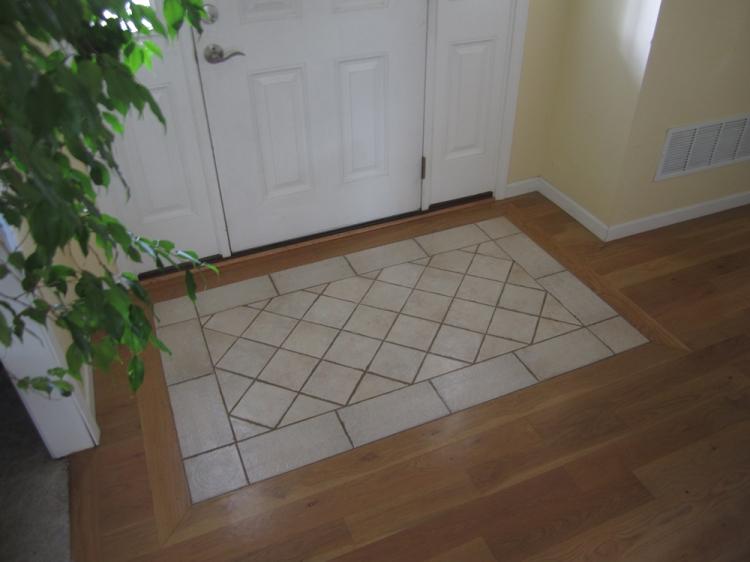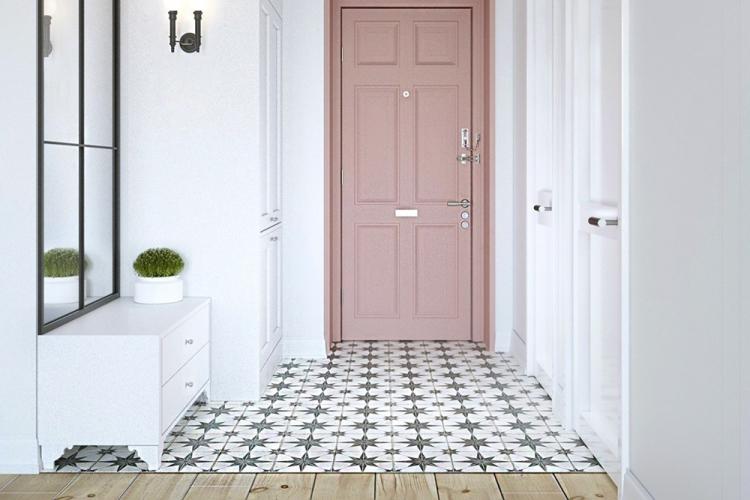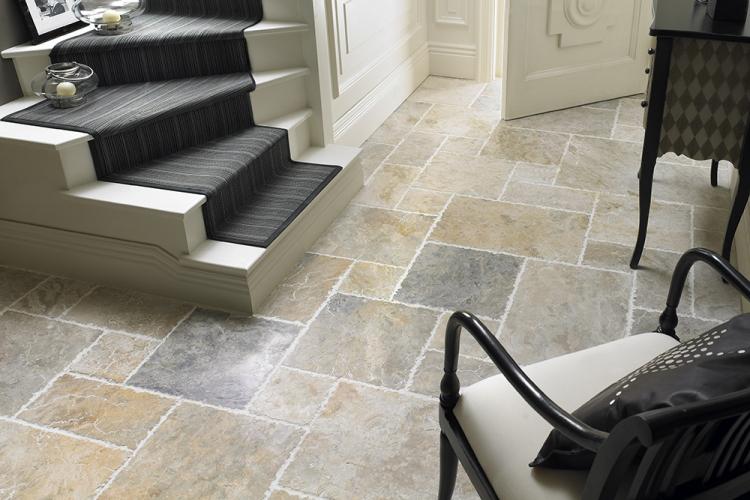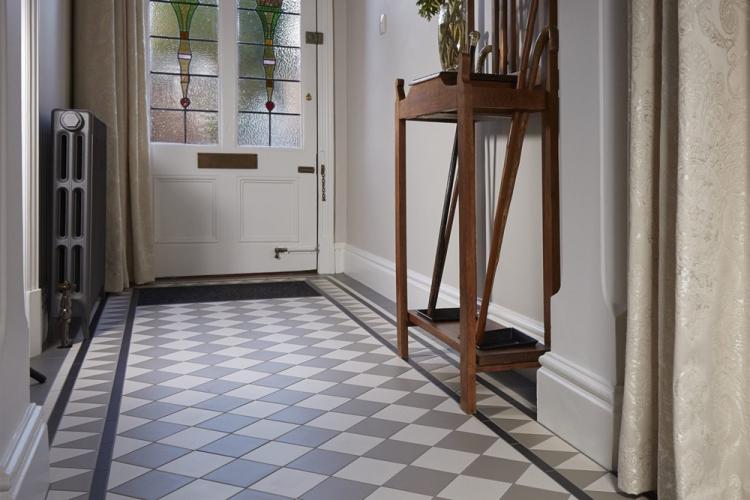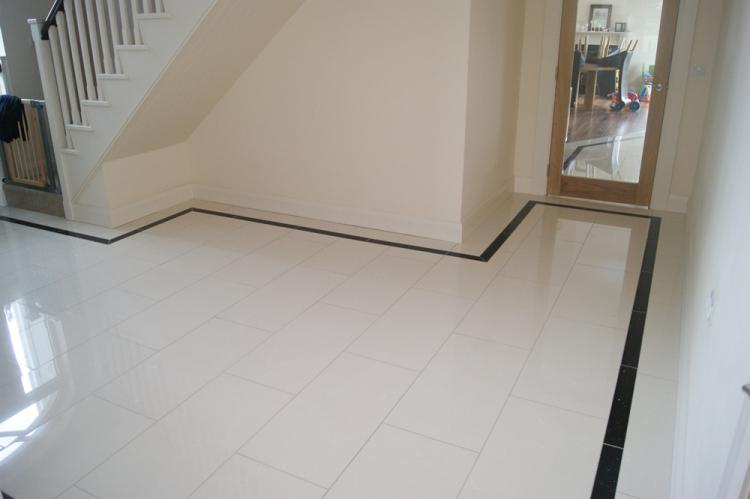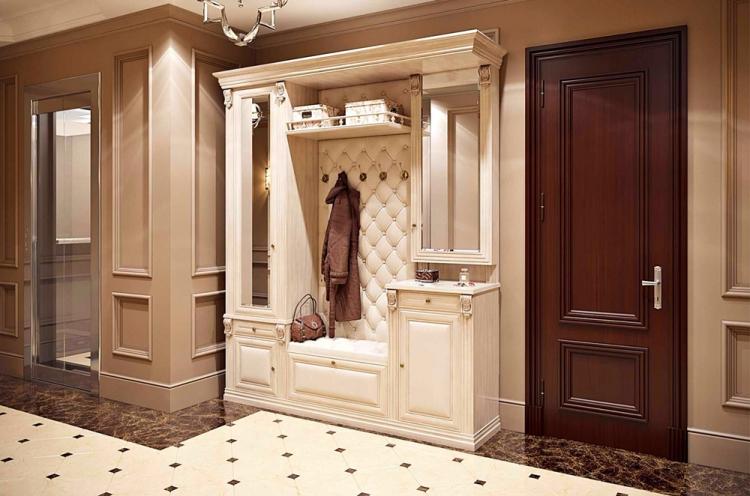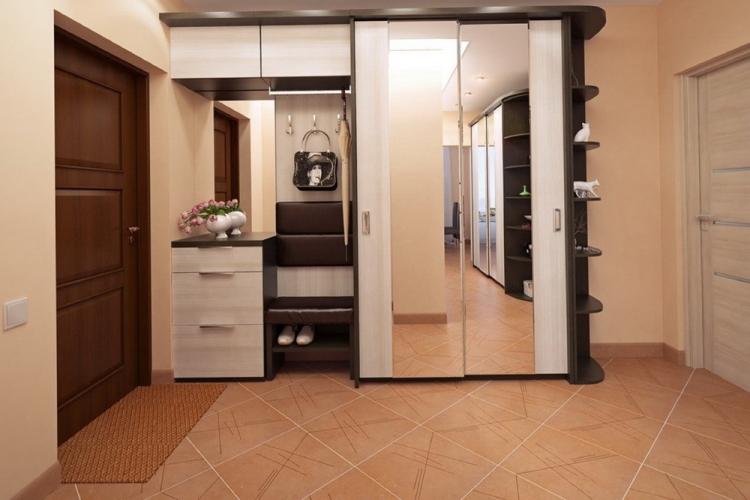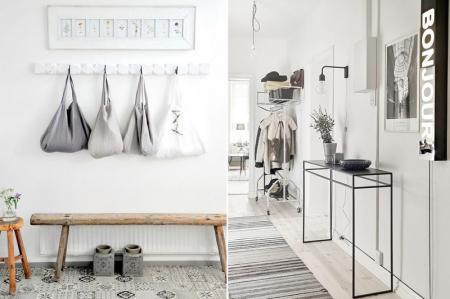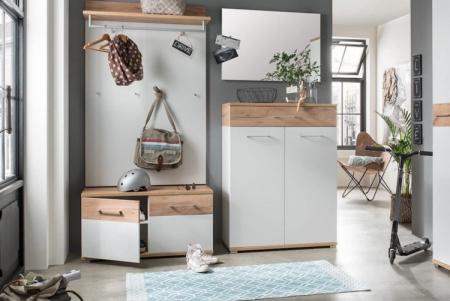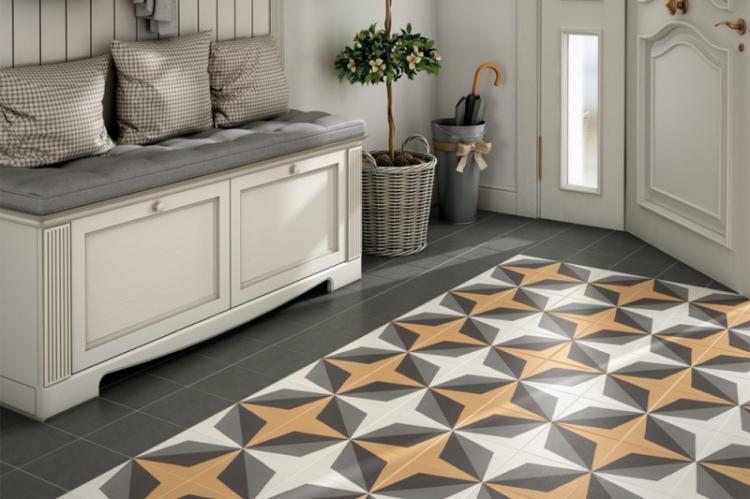
Bathroom, kitchen, bedroom - everything is clear and predictable. The real problems begin with the arrangement of the hallway. It would seem - such an insignificant trifle, but it is she who creates the first impression of any house and apartment. And it is she who first of all encounters dust, dirt, slush and other not the most pleasant manifestations of the outside world. Therefore, we recommend that you pay attention to the beautiful and durable tiles for the hallway!
How to choose a tile for a hallway?
When choosing a floor covering, you should always take into account the specifics of the room and its use. There are high loads on the floor in the hallway: heels, dirty shoes, and a large number of guests. Not every material can withstand such conditions.
Of course, you can limit yourself to the usual linoleum with a high class of wear resistance. But what if you want something more graceful and elegant? And this is where modern floor tiles come to the rescue.
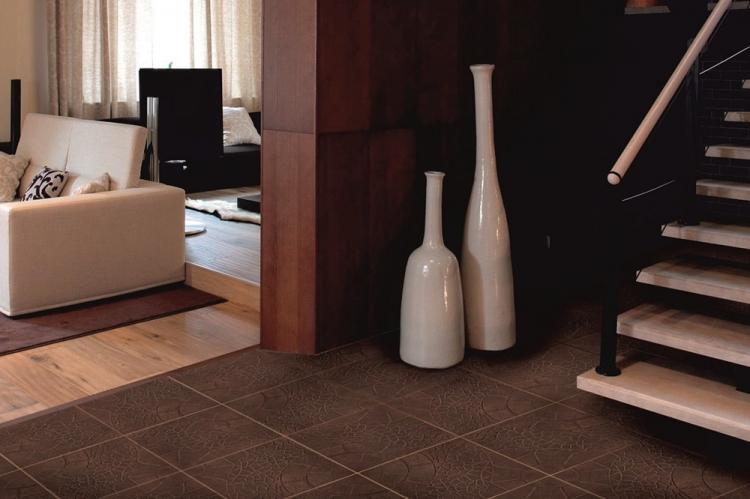
Just consider these nuances:
- Choose a material that is not afraid of mechanical damage. Including - abrasive effects, detergents, household chemicals;
- Close up the joints so that dirt and water do not accumulate between them. Special waterproof grout will come to the rescue;
- Don't forget about cross-country ability and dirty shoes when choosing tile colors. And so the hallway will always be neat and well-groomed;
- Remember to be safe, slipping on smooth, damp tiles with a glossy layer is as easy as shelling pears. Choose collections with a special anti-slip coating or textured tiles, on which you can safely walk in wet shoes after rain and snow.
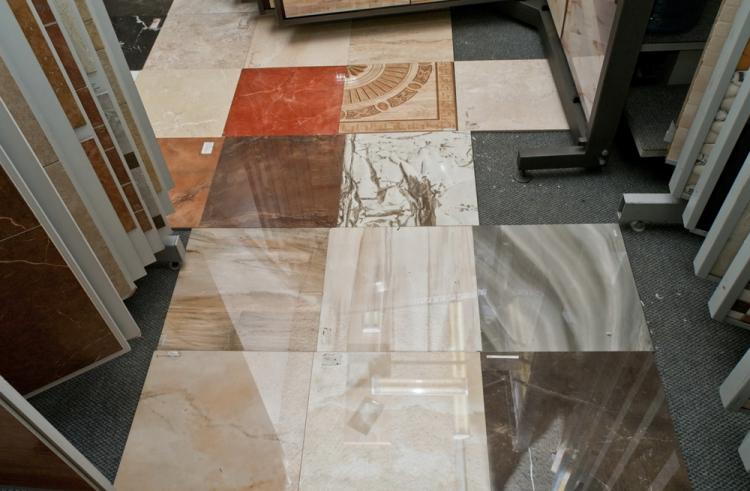
Types of floor tiles
There are many more types of floor tiles than it might seem at first glance, so let's take a closer look:
Ceramics. The classic universal option for any room, including the hallway. She is not afraid of moisture, does not fade in the sun, it is difficult to damage it, and the variety of shades allows you to roam.
Clinker. Clinker tiles differ from ordinary ceramic tiles by annealing technology. It is pressed or squeezed into molds, and according to the type of coating it can be glazed or unglazed. The main advantages are resistance to moisture and mechanical damage.
Porcelain stoneware. It is made by pressing kaolin and quartz powder with modifiers. Its characteristics resemble ordinary glass. But if you choose the right strength class, porcelain stoneware is one of the most durable materials for the floor in the hallway.
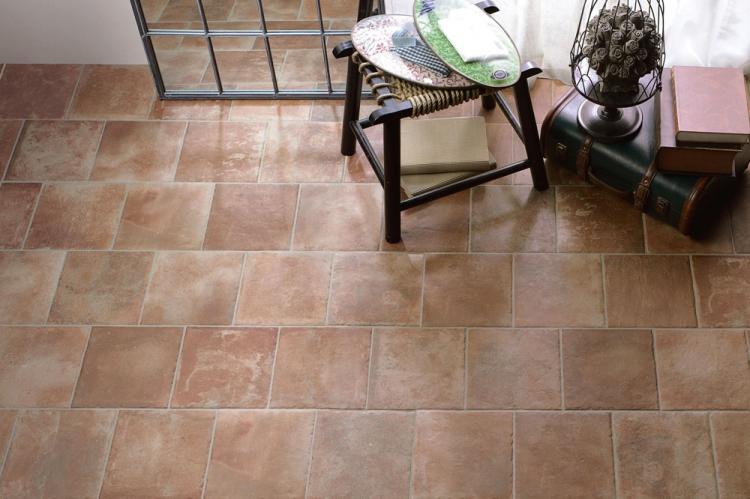
Vinyl. This is something like rubberized plastic with the addition of stone chips. The vinyl covering is durable and wear-resistant, and during installation it can also be completely seamless.
Quartzvinyl. The modified intermediate version with stabilizers, plasticizers and pigments is characterized by plasticity and a variety of shapes. Such tiles are resistant to any detergents. Despite the artificial origin, it remains completely environmentally friendly and safe.
PVC tiles. PVC tiles are ordinary linoleum, simply cut into fragments. It differs only in the installation technology. The main advantages are softness, elasticity, ease of repair or replacement of individual sections, low price.
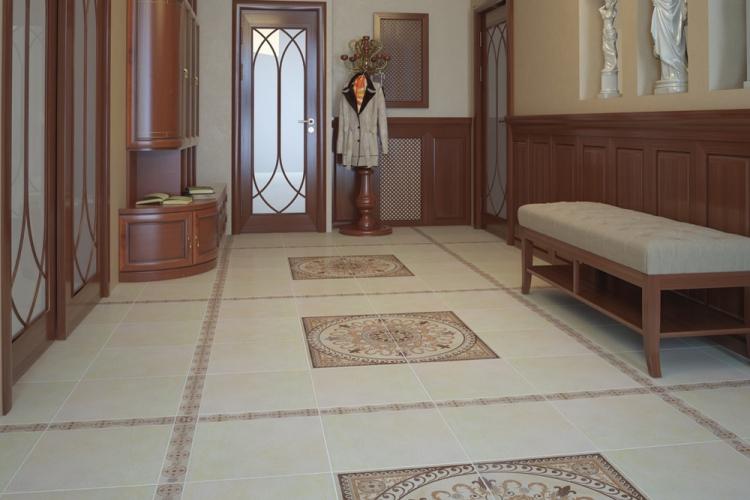
Hallway tile texture
Floor tiles are not only a perfectly smooth gloss. In fact, it is presented in different textures, which play completely differently in the interior.
Glossy ceramics
This is the simplest and most versatile classic, the main advantage of which is the visual enlargement of the room, inherent in all glossy coatings. In a small hallway without windows, this is especially appropriate, but the gloss will have to be constantly washed.

Matte texture
Stylish and elegant solution is not so whimsical to care for.On the matte surface, streaks and drips from the smallest splashes do not remain. And besides, it is more difficult to scratch or damage it with furniture, heels, heavy things.
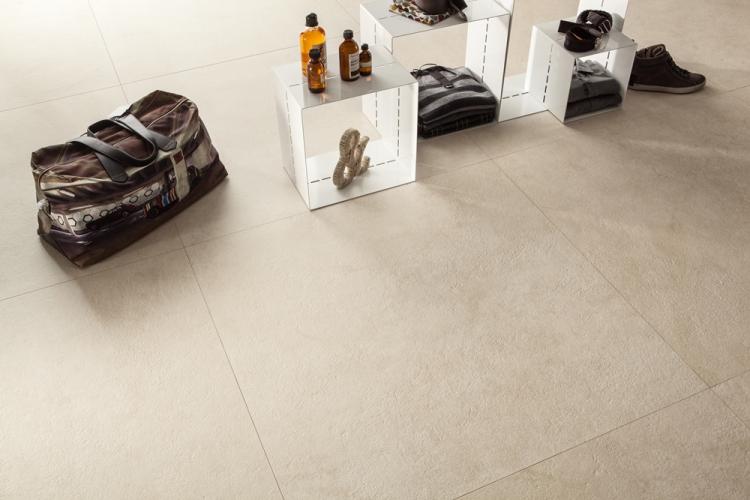
Satin texture
Satin is an intermediate option between matte and textured surfaces. The fine-grained structure creates an interesting play of light and color in the hallway.
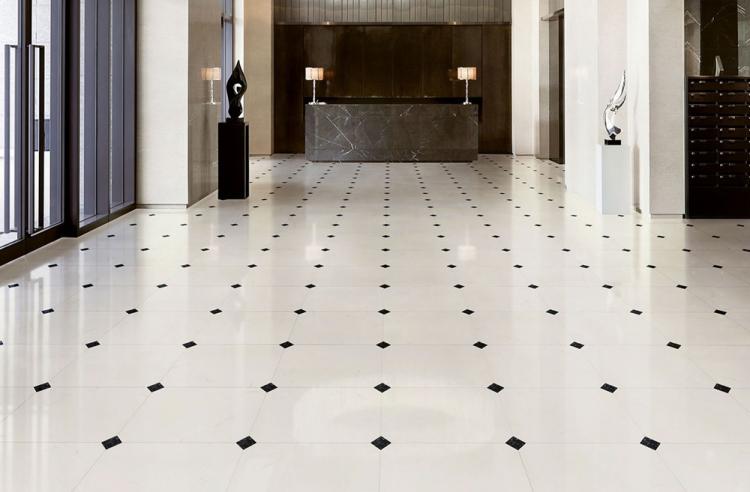
Seamless tile
Its main plus in the hallway is the absence of embossed seams in which dirt and moisture can accumulate. The second advantage of seamless flooring is that it visually expands the space.
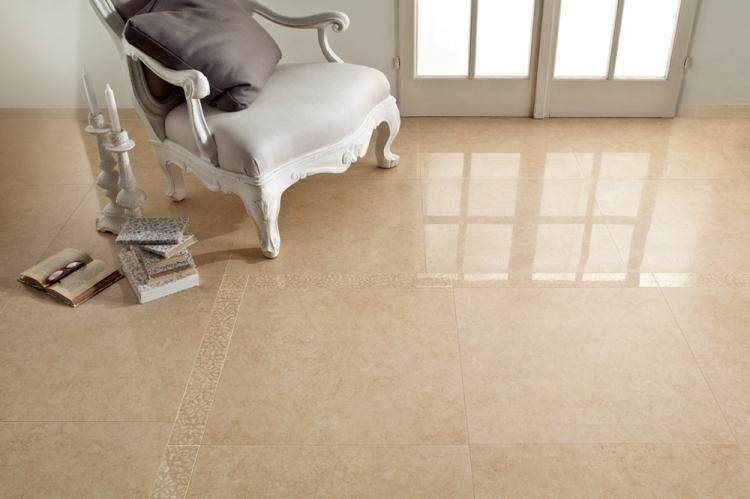
Textured tiles
Although volumetric textures are more demanding for cleaning and maintenance, they definitely benefit when imitating other materials. With ordinary tiles, you can almost thoroughly recreate the texture of natural wood, but the coating will be more durable and practical.
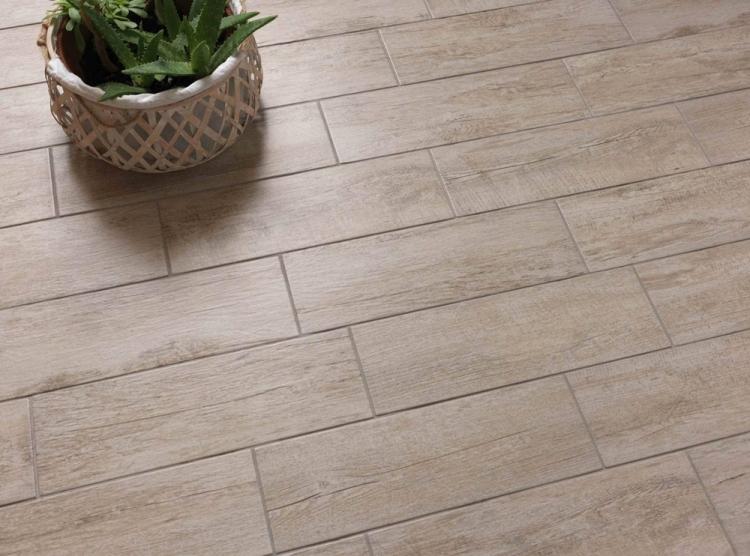
Floor Tile Design
Having decided on the material, you can move on to the design. Because floor tiles differ not only in color and texture, but also in shape, size, and configuration in general. For example, we offer several popular trends.
Uneven color
Deliberately grainy, heterogeneous texture is especially good for the hallway. Dirt, dust, small spots and marks are not so noticeable on it. Therefore, in the hallway, such a tile is more accurate and unpretentious.

Patterns
Floral, geometric and other motifs not only fit into different interior styles, but also visually change the space: they correct the shape, proportions, and visually expand the room.
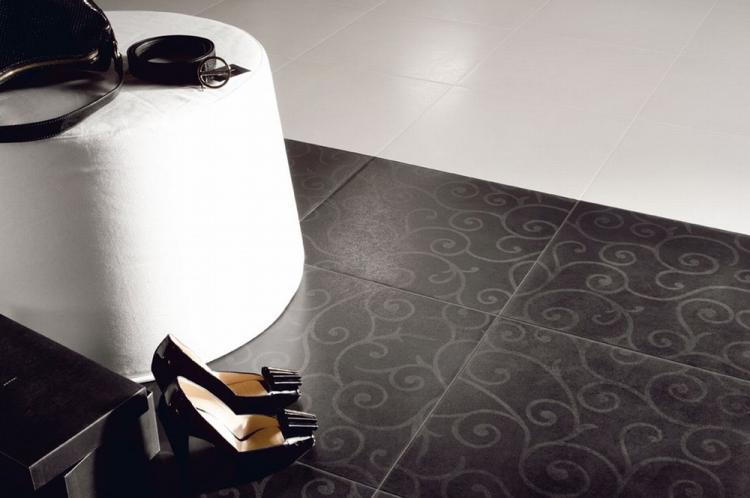
Cotto tiles
This is a clay-based brick tile without enamel. Its peculiarity is a porous texture that prevents slipping, but requires regular maintenance. Such tiles look especially impressive in rough industrial styles, such as loft or grunge. It is as expressive as the bare brickwork on the wall.
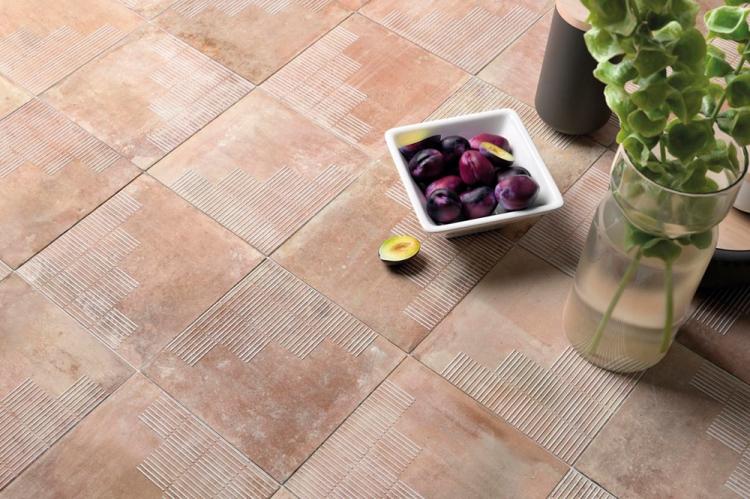
Monocottura and Bicottura
Pressed glazed textured tiles are characterized by increased durability and low water absorption. It can even be used for facing facades, so it will definitely withstand the load of the hallway. Monocottura is fired once and has a high density, while bicottura is fired twice and is essentially identical to classical ceramics.
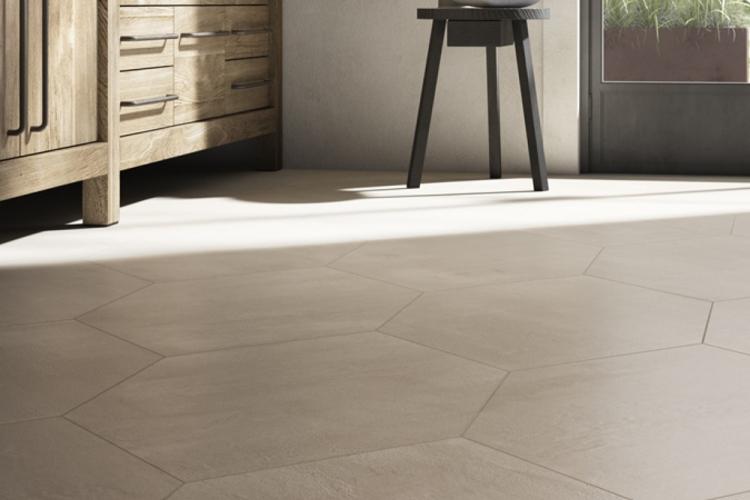
Alternative materials
Tiles made of natural stone, cork tiles with increased insulating properties, wear-resistant and resilient rubber of different colors are suitable for facing the floor in the hallway. Carpet tiles are less commonly used because they require difficult maintenance to keep them clean.
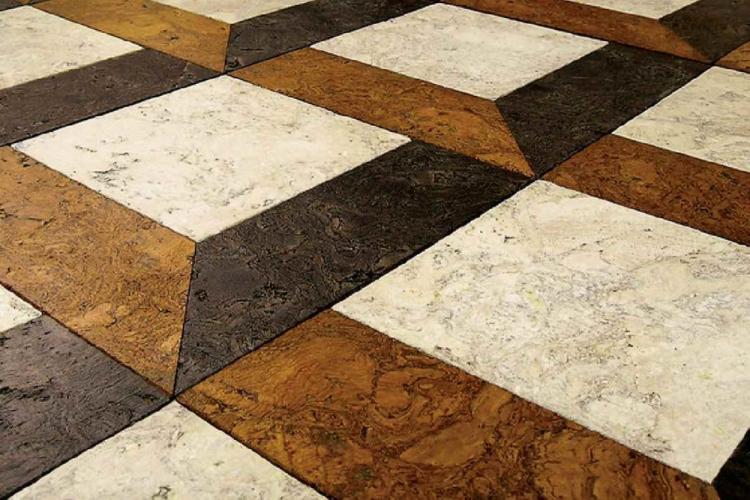
Hallway tiles in different styles
In fact, floor tiles will fit into any style. This is facilitated by the variety of textures, shapes and patterns, but taking into account the specifics of the purpose of the hallway, we offer such options.
Loft style hallway floor tiles
The loft gravitates towards simple materials and raw textures. Therefore, even the simplest single-color large tile already looks good. And if you want something more original, pay attention to the collections that imitate masonry, or to the aged series.
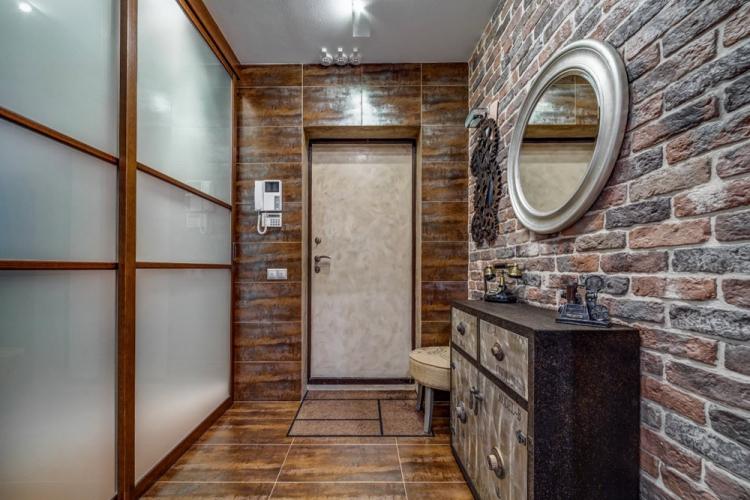
Provence style hallway floor tiles
If your whole apartment is made in a romantic and delicate style, the hallway can be kept in the same spirit. Provence with shabby wood, forged elements and light tones is just right here. And light textured or decorative patterned tiles will become a real boon for style.
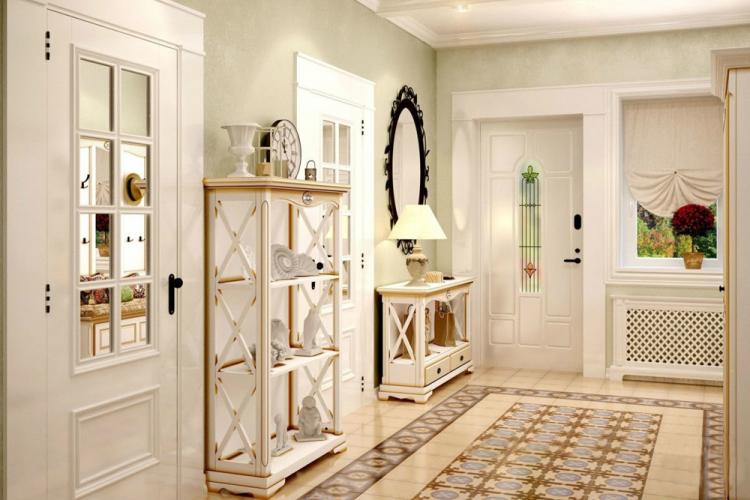
Hallway floor tiles in a modern style
The whole essence of modern contemporary is the union of opposites. Simple shapes are combined with high quality and practical materials. And the tiles on the floor in the hallway perfectly support this trend.
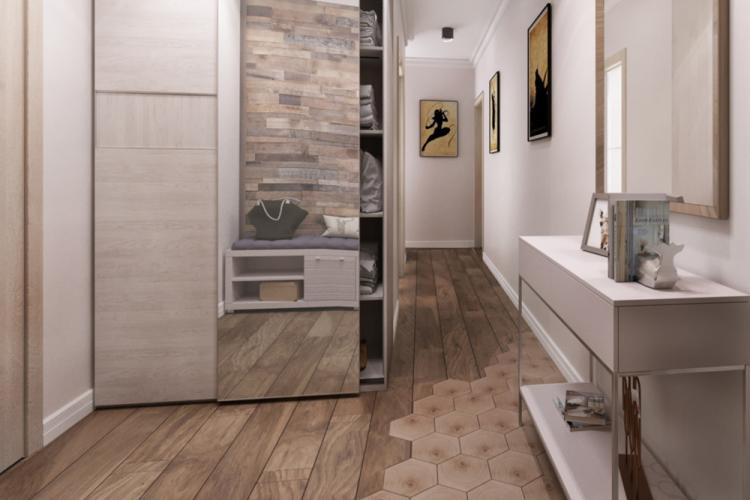
Hallway floor tiles in classic style
Monumental and luxurious classics are very demanding on details and materials. Pay attention to the large tiles that imitate natural stone. It will fit into the hallway much more organically than expensive, but impractical art parquet.
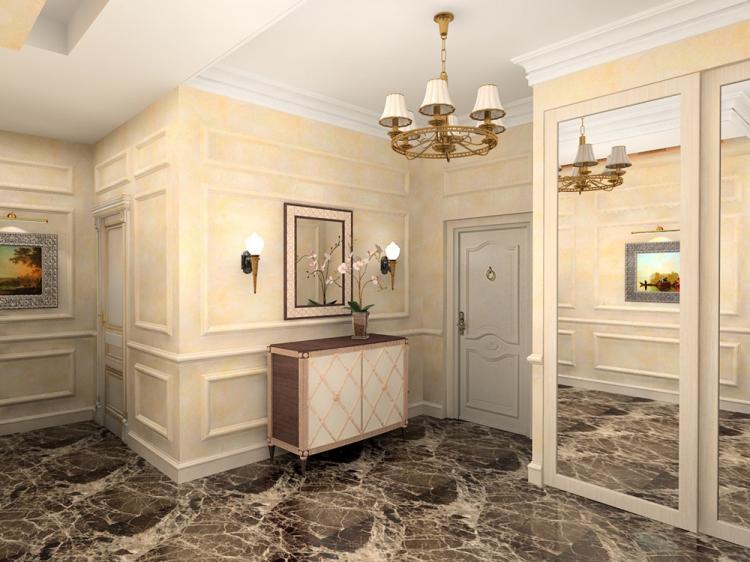
Floor tiles for the hallway in the style of minimalism
Modern minimalism exists in different designs, but invariably gravitates towards simple materials and textures. And here again practical and versatile floor tiles in a laconic monochromatic design are appropriate. For example, white, beige, black, graphite, or gray.
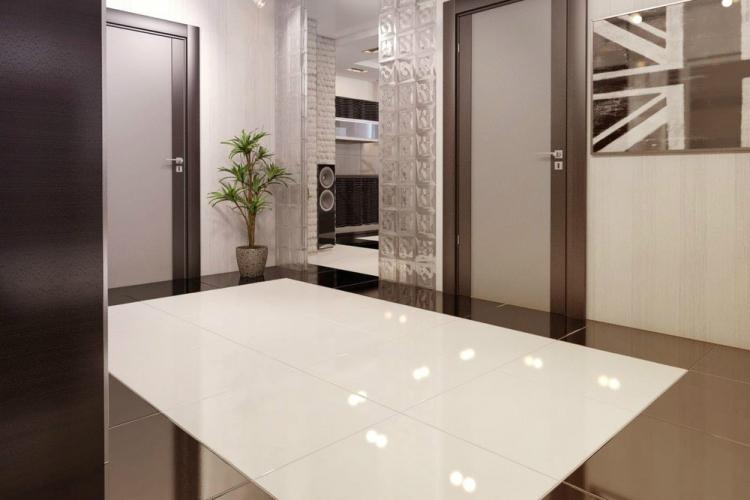
Methods for laying floor tiles
There are several popular tile layouts. The usual classic styling is quite good, but if you want something more interesting, feel free to experiment.
- Diagonal. The tile is laid at an angle to the wall, due to which it looks like rhombuses, not squares. A simple homogeneous and monochromatic coating looks especially impressive in this form.
- Chess. The chess set is obvious to everyone. Its main advantages are a more interesting and fresh look, as well as the ability to influence the geometry of the room. For example, an elongated hallway can be easily made visually more square. Chess can also be stacked diagonally.
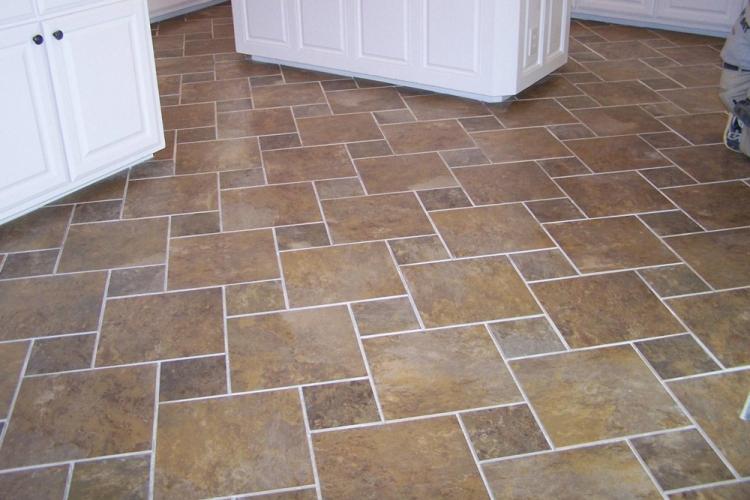
- Offset. Such laying is more difficult and requires careful marking, but it is suitable for tiles of different shapes. The main feature is the offset of the rows relative to each other.
- Herringbone. Herringbone tiles automatically add elegance and grace to the hallway. The technology is borrowed from the methods of installing artistic parquet, so it is only suitable for rectangular tiles.
- Combinations. It is not at all necessary to lay out the entire floor with one tile. You can safely combine different designs and collections: from simple alternation to laying out complex patterns and mosaics.
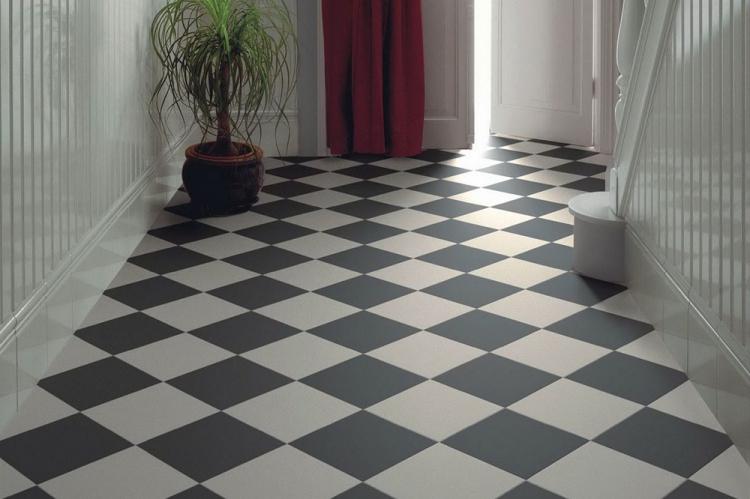
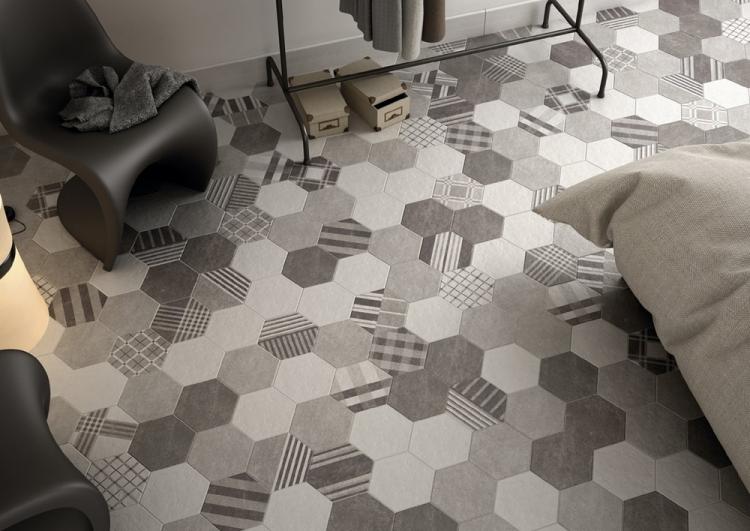
Floor tiles in the hallway - photo
The floor tiles in the hallway are already a time-tested classic. We invite you to see this clearly, and specially collected a large selection of photos!
